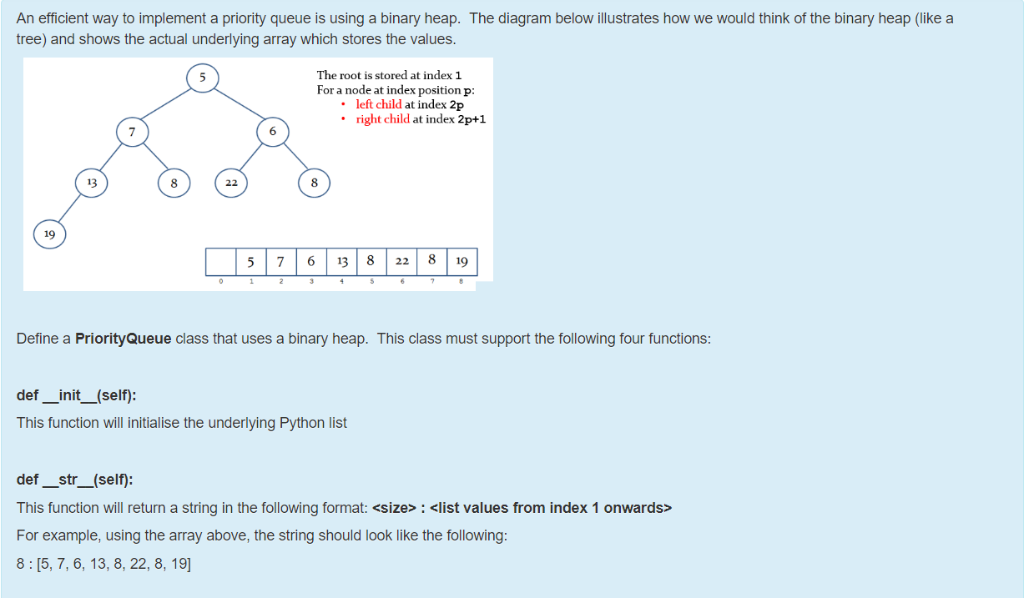
Following that, any standby or low-priced passengers are prioritized, followed by one or more regular fare queues. Passengers of business class from the highest priority queue are boarded first. For example, when boarding a flight, airlines enforce priority queuing.

A queue at a railway ticket counter is an example of a strict queue. At times, this limitation is too inflexible. In such cases, there are no exceptions the oldest item must always be eliminated first. A queue uses basic FIFO (first-in, first-out) ordering, which means that items are removed or accessed on a first-come, first-served basis.This is where priority queues come into play, allowing us to retrieve queue elements in the order of our choice. However, we may not always want our queue to work in this manner instead, we may want it to obey a different set of rules. A basic queue operates in the "FIFO (First In, First Out)" order, which means that the element entered into the queue first will likewise be withdrawn first. A priority queue is programmed to operate the queue in the specified order. Lowest, but if they are golf scores, we would go from lowest to highest.A Priority Queue is one of the most important queue functions. If they are bowling scores, we might go from highest to It dependsįor example, if the items in the queue have names, we might choose them inĪlphabetical order. What the priorities are and how they compare toĮach other are not specified by the Priority Queue implementation. Necessarily the first one that was added. The semantic difference is that the item that is removed from the queue is not is_empty Check whether the queue is empty. remove Remove and return an item from the queue. Again, the interface is: _init_ Initialize a new empty queue. The Priority Queue ADT has the same interface as the Queue ADT, but different Convince yourself that this method preserves Length should be the number of nodes in the queue, and the last node should There are two invariants for a properly formed Queue object. We can identify the last node because its next attribute is None. Otherwise, we traverse the list to the last node and tack the new node on theĮnd. We want to insert new items at the end of the list. The methods is_empty and remove are identical to the LinkedList length + 1 def remove ( self ): cargo = self. head = node else : # find the last node in the list last = self. head = None : # if list is empty the new node goes first self.

length = 0 ) def insert ( self, cargo ): node = Node ( cargo ) node. head = None def is_empty ( self ): return ( self.

Theĭifference is in the semantics of the operations: a queue uses the FIFO policy Īnd a priority queue (as the name suggests) uses the priority queueing policy.Ĭlass Queue : def _init_ ( self ): self. The Queue ADT and the Priority Queue ADT have the same set of operations. Not all queueing policies are fair, but fairness is in the eye of the beholder. Many groceries the customer has or how important the customer is. We say this is the most general policyīecause the priority can be based on anything: what time a flight leaves how General queueing policy is priority queueing, in which each customer isĪssigned a priority and the customer with the highest priority goes first, Simplest queueing policy is called FIFO, for first- in-first-out. The rule that determines who goes next is called the queueing policy. At supermarkets, a politeĬustomer might let someone with only a few items go first. Sometimes taken from the middle of the queue. At airports, customers whose flights are leaving soon are In mostĬases, the first customer in line is the next customer to be served. In real life,Ī queue is a line of customers waiting for service of some kind. This chapter presents two ADTs: the Queue and the Priority Queue.


 0 kommentar(er)
0 kommentar(er)
